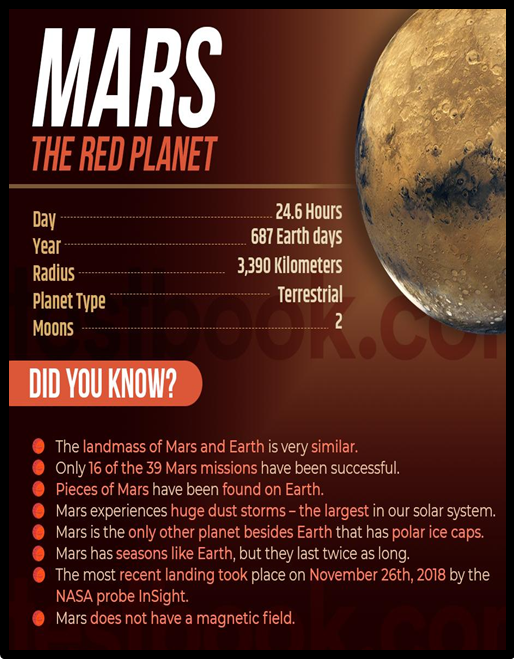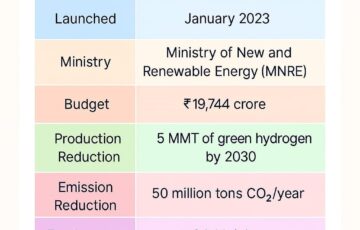SCIENTISTS DISCOVER THREE NEW CRATERS ON MARS: LAL, MURSAN, HILSA
Why in the news?
- On June 12, 2024, the Physical Research Laboratory (PRL) in Ahmedabad, India, announced the discovery of three new craters on Mars in the Tharsis volcanic region, located around 21.0° S, 209° W.
- The craters have been named Lal, Mursan, and Hilsa by the International Astronomical Union (IAU) Working Group for Planetary System Nomenclature.
source:slideshare
About the International Astronomical Union (IAU):
- Established: 1919
- Mission: Promote and safeguard astronomy through research, communication, education, and international cooperation.
- Structure: Divisions, commissions, and working groups.
- Membership: Professional astronomers (Ph.D. level and beyond), junior members; spans 92 countries (85 National Members).
- Activities: Define astronomical constants, nomenclature, disseminate discoveries, organize campaigns, promote education, name astronomical bodies.
- General Assembly: Held every three years.
- Headquarters: Paris, France.
| About the Mars three New Craters Lal, Mursan, Hilsa:
Lal Crater:
Mursan Crater:
Hilsa Crater:
Research and Discovery:
What is a crater?
|





